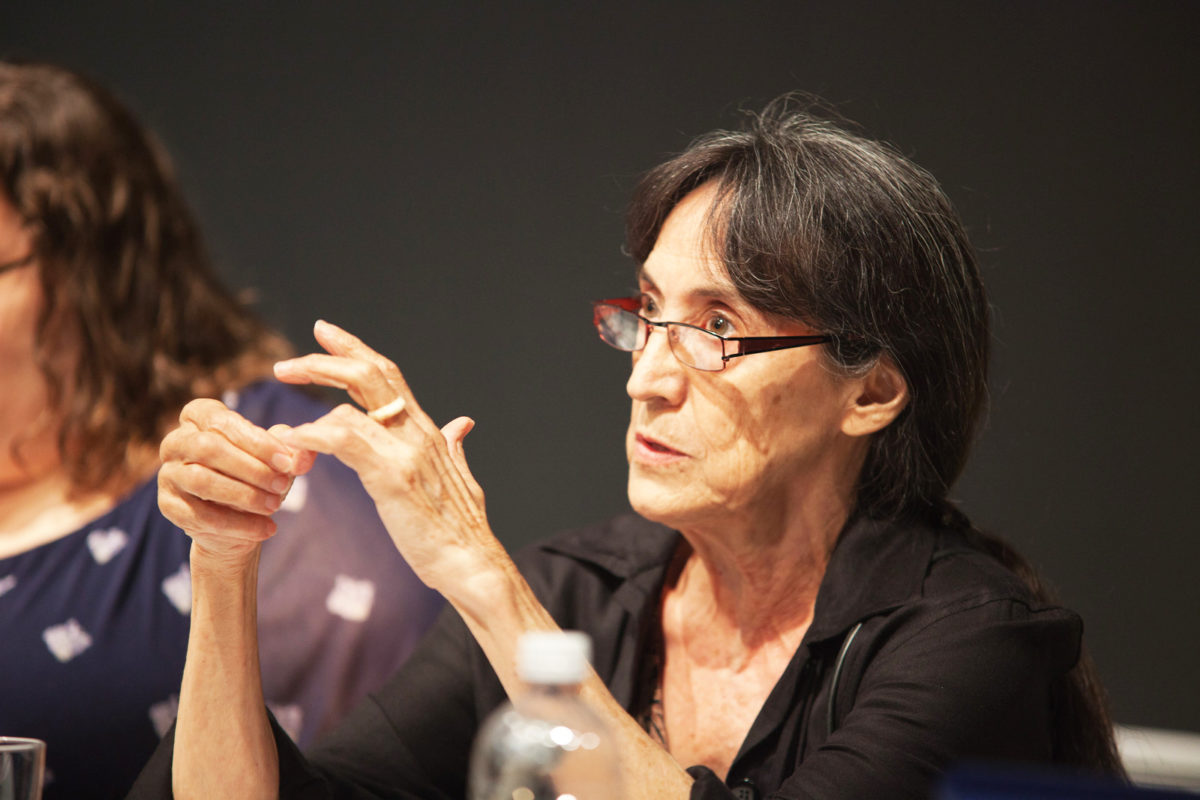
This year marks the end of 20 years at St. Thomas University for Andrea Bear Nicholas. She came to STU in February of 1993 as the chair in native studies and started teaching that fall. She planned to only stay a few years to help build the program, but was drawn back by the need for improvement.
“I came into a program here that had nobody else in the program, at the time. There was no faculty in native studies at all. I was it for about four years,” Bear Nicholas said.
Her first class was an introduction to native studies and 140 students signed up. She had to cut the class down to 100 students, a class size now unheard of at STU.
Bear Nicholas is from the Maliseet First Nation. She got her bachelor of education from STU in 1967 and her masters of education from the University of Maine in 1987.
She says she was content researching Maliseet history before she began teaching and feared once she started a new career, she would never complete her research endeavour. And 20 years later, she still isn’t done. But she says she’s glad she came.
“I really didn’t want the job. I remember people forced me to apply for it.”
At least one third of her first intro to native studies class were First Nations students. She says there was a student on parole, students with learning disabilities, and a student who was a quadriplegic.
“I actually had a very interesting class. It was as diverse as it could ever be.”
Bear Nicholas played a large role in creating the native studies curriculum. She developed courses on colonialism and First Nations, education and colonialism, and the roles of native women.
“I had a good time over the next few years teaching different courses that I was developing because the program just didn’t have any courses.”
In 1998 the university hired Roland Chrisjohn, who is still at STU and Sheldon Cardinal, who left after two years.
Roland Chrisjohn will be the only full-time native studies professor returning in the fall, as D’Arcy Vermette has resigned to take another job. The university plans to hire for Vermette’s and Bear Nicholas’ positions soon.
She planned to retire three years ago but was given a research grant for three years which required her to stay as full-time faculty at STU. She has devoted her life to working on publishing over 5,000 pages of stories in Maliseet and researching histories of Maliseet communities.
She helped develop the first university-based Native Language Immersion Teacher Training Program in North America with Dorothy Lazore.
Her motivation to create this program stems from the desire to keep traditional languages alive by educating young people.
“The Mi’kmaq language is in a much safer place than it was 10 years ago because there are now many young children who are speaking the language again.”
She hopes the native studies program will continue to grow at STU.
“One of our central themes or mottos is a quote that was taken from a speech I gave a long time ago. For far too long universities have been involved in assimilating Aboriginal people, education has in general, and as far as I can see the only legitimate role for native studies is the survival of native cultures and peoples, not the assimilation of peoples.’”

